Accident and incident investigations are crucial processes within organizations aimed at identifying the causes of accidents, incidents, near misses, or other adverse events in order to prevent their recurrence and improve safety. Here are the key steps involved in accident and incident investigations:
- Immediate Response:
- Ensure that the immediate safety and health needs of any injured or affected individuals are addressed. Provide medical assistance if necessary and secure the accident or incident scene to prevent further harm.
- Notify Relevant Parties:
- Notify appropriate personnel within the organization, including management, safety officers, and any designated investigation team.
- Form an Investigation Team:
- Assemble a team of qualified individuals who are trained in accident and incident investigation techniques. This team may include safety professionals, supervisors, and subject matter experts.
- Preserve Evidence:
- Ensure that the accident or incident scene is preserved and that evidence, such as photographs, videos, documents, equipment, and physical samples, is collected and secured.
- Gather Information:
- Interview witnesses, victims, and anyone else with relevant information about the event. Collect statements, and document observations.
- Review Records:
- Examine records, reports, and relevant documentation related to the incident, including safety procedures, training records, maintenance logs, and incident reports.
- Analyze Root Causes:
- Investigate the root causes of the accident or incident by analyzing the information collected. Employ techniques such as the “5 Whys” method to uncover underlying causes.
- Determine Contributing Factors:
- Identify contributing factors, including human errors, equipment failures, organizational factors, and environmental conditions that may have played a role in the event.
- Develop Recommendations:
- Based on the investigation findings, develop recommendations for corrective actions and preventive measures to address the identified causes and contributing factors.
- Report and Documentation:
- Prepare a comprehensive investigation report that outlines the details of the incident, root causes, contributing factors, and recommended actions. Ensure that the report is clear, concise, and supported by evidence.
- Review with Management:
- Present the investigation report to management and relevant stakeholders, including recommendations for improvements. Discuss the implementation of corrective actions.
- Implement Corrective Actions:
- Act on the recommendations by implementing corrective actions and preventive measures. Assign responsibilities and establish timelines for implementation.
- Monitor Progress:
- Continuously monitor the progress of corrective actions to ensure they are effective in preventing similar incidents from occurring in the future.
- Review and Improve:
- Periodically review and evaluate the effectiveness of the corrective actions. Make adjustments as needed and incorporate lessons learned into safety programs and training.
- Communication:
- Communicate the findings and lessons learned from the investigation to all relevant employees and stakeholders. Promote a culture of safety and encourage reporting of near misses and hazards.
Accident and incident investigations are critical for improving workplace safety, preventing future incidents, and ensuring compliance with safety regulations. They help organizations learn from past events and make continuous improvements to their safety programs and practices.
